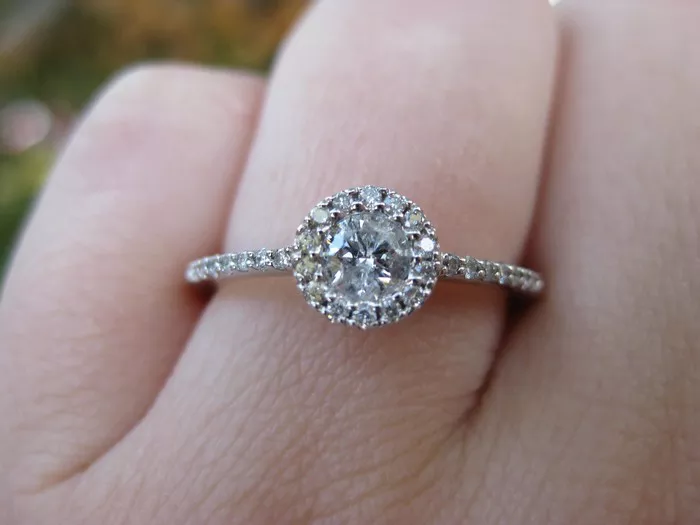A revolution in personalized jewelry design is sweeping the diamond ring industry as artificial intelligence platforms enable consumers to become co-creators of their dream rings. Leading online jeweler Blue Nile reported that 58% of their sales now originate from their AI Design Studio, where customers can input preferences (from “vintage Art Deco” to “nature-inspired organic”) and receive dozens of renderings in seconds. The system then modifies designs in real-time as users adjust parameters like carat size, metal type, and budget—with some designs incorporating hundreds of tiny diamonds algorithmically arranged for maximum brilliance.
This technology addresses what industry insiders call the “paradox of choice”—the overwhelm customers feel when presented with thousands of nearly-identical settings. The AI simplifies the process by learning individual tastes through interactive questions and past browsing behavior. Some platforms even incorporate facial recognition to suggest styles that complement the wearer’s features or skin tone. The most advanced systems can now generate photorealistic 3D models viewable in augmented reality, allowing customers to “try on” virtual rings through their smartphone cameras.
The craftsmanship implications are equally transformative. Many jewelers now use AI-generated designs to guide computer-controlled micromilling machines that create intricate settings impossible to craft by hand. London-based jeweler Taylor & Hart recently unveiled a collection where each ring’s diamond arrangement is uniquely optimized by algorithm to reflect light along specific angles based on the wearer’s typical hand movements—creating what they call a “personalized sparkle fingerprint.”
Yet some traditionalists warn about losing the human touch. In response, hybrid models are emerging where AI handles initial design iterations before master jewelers refine the final piece. This marriage of technology and tradition appears to satisfy both efficiency-seekers and those valuing artisanal craftsmanship. As the technology improves, some predict the complete democratization of high jewelry design—where anyone can create museum-quality pieces without needing design training or connections to elite ateliers.


